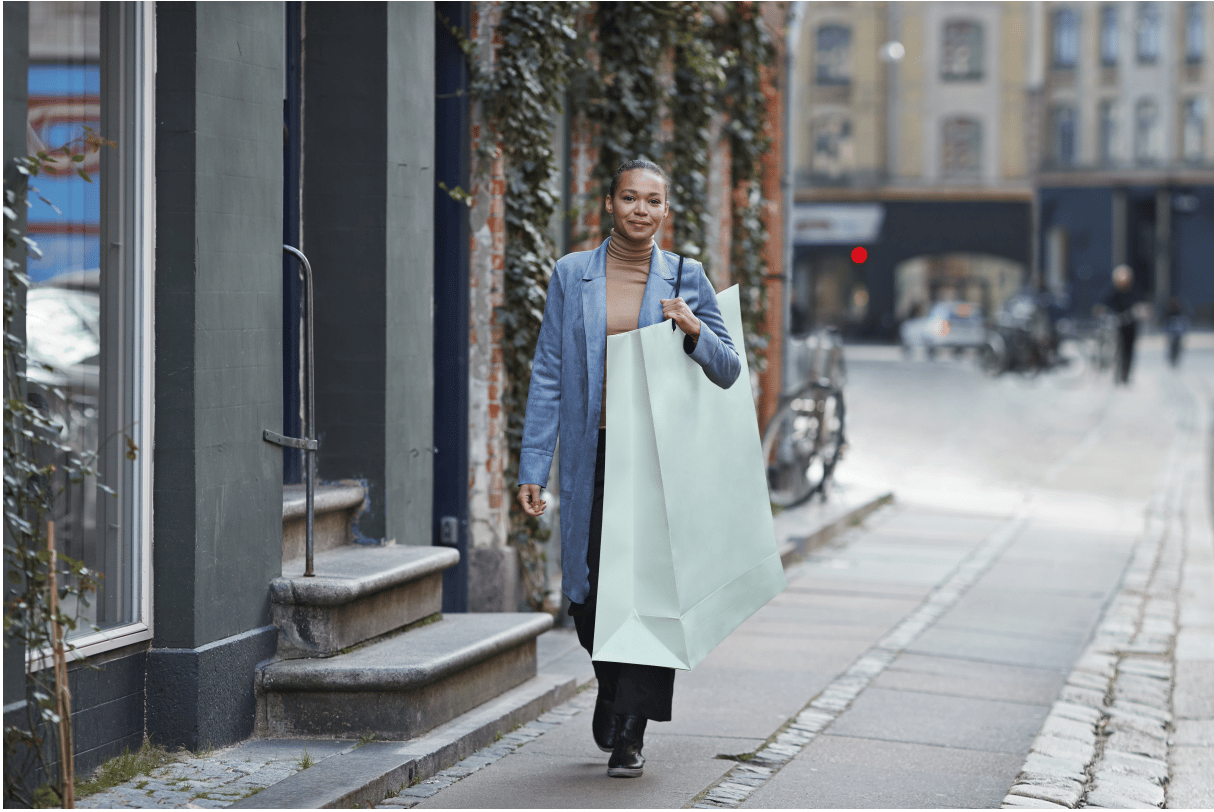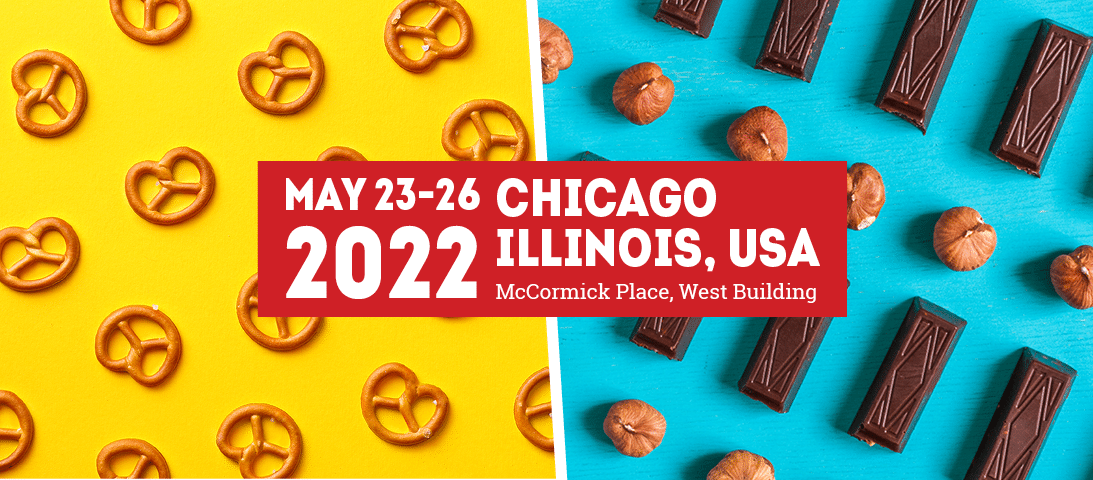Creating ‘sticky’ customer experience (CX) is about more than just brand loyalty – it’s about staying relevant and interesting to customers wherever they are in a buying cycle. In fact, argues Nick Pearse of agency Vertical Leap, the secret to sticky CX is engaging customers when buying intent is lowest: right after purchase.
Customer experience (CX) design acknowledges the importance of interactions between brands and consumers at every stage of the consumer journey. This starts as soon as someone discovers a new brand and culminates with a purchase, but continues long after purchase. Top brands develop sticky customer experiences that compel people to keep buying from them after the initial purchase. This is critical in the age of consumer power.
Why is a sticky CX important?
Sticky CX design aims to convert new customers and maximize the percentage of them who keep buying from you. It’s more expensive to win new customers than convert previous buyers, especially if you provide a quality customer experience. Returning customers spend 67% more on brands they trust.
Customer stickiness is an important measure of the quality of experience you provide across the entire customer cycle (lead capture, lead nurturing, the buying process, product/service quality, the post-purchase experience).
The buying process and post-purchase experiences are particularly important, as we’ll see when we look at the top reasons behind repeat purchases.
By optimizing the entire customer experience, a sticky CX elevates KPIs that drive revenue and growth, including repeat purchases; customer retention, value, lifespan, loyalty and satisfaction; purchase value; positive reviews; brand engagement, citations and reputation – and all the way down to revenue, ROI and growth.
To create a sticky CX, you have to optimize the whole customer experience – before, during and after the purchase – to maintain engagement and motivate customers to remain active in the buying cycle.
Customer stickiness vs customer loyalty
Customer loyalty focuses on the emotional connection between brands and consumers; stickiness places more emphasis on repeat transactional value.
Customers can remain loyal to your brand as long as they don’t buy similar products or services from rival companies, which doesn’t mean they’re necessarily buying from you as often as they could.
Designing a sticky customer experience doesn’t only strive to maximize customer loyalty but also customer value by increasing the frequency of purchases and/or the value of purchases throughout the relationship.
What makes customers buy again?
According to Bread’s 2020 Consumer Shopping Survey, convenience is the top reason shoppers make repeat purchases from an online retailer.
While it’s important to address consumer priorities, CX design encompasses more than the deciding factors consumers face on product pages. Companies need to craft experiences that maximize customer satisfaction, keep them engaged when they’re not buying, and time motivational messages with precision to inspire new purchase impulses.
Frictionless buying (optimizing the buying process for repeat purchases) is important, but you should also keep an eye on other metrics:
• Time-to-value: Deliver value as quickly as possible after each new purchase.
• Maximize value: Help customers get the most out of their most recent purchase.
• Lifecycle data: Analyze purchase habits to learn when different customers types are ready and most likely to buy again – and what they’ll buy.
You can also motivate engagement, giving customers a reason to keep visiting your website with temporary deals and rapid product rollouts. It helps to identify VIPs and give repeat customers special status and rewards for repeat purchases. Instant responses are useful here, giving priority support to your best customers.
You can use these efforts to build a community, using customers to drive engagement. It helps to build an emotional connection between customers and the brand. Showcasing loyal customers in social campaigns and putting the spotlight on them is good too.
Then, of course, there are the usual tactics for customer retention, such as cross-selling and upselling. Retention may be a key part of building a sticky CX but you can’t rely on transactional interactions alone – you also have to optimize the gaps between purchases and nurture emotional motivations.
The secret to sticky CX is keeping customers engaged after their most recent purchase, while intent is at its lowest, especially across channels that you can use to build motivation over time.
This article was written by Nick Pearse from The Drum and was legally licensed through the Industry Dive Content Marketplace. Please direct all licensing questions to legal@industrydive.com.











